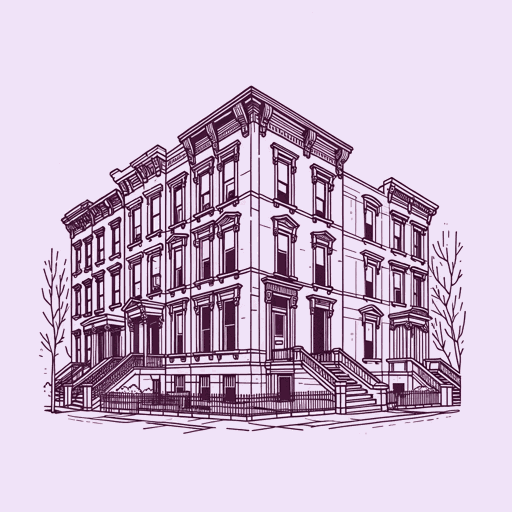61 pages • 2 hours read
Paule MarshallPraisesong For The Widow
Fiction | Novel | Adult | Published in 1983A modern alternative to SparkNotes and CliffsNotes, SuperSummary offers high-quality Study Guides with detailed chapter summaries and analysis of major themes, characters, and more.
Symbols & Motifs
Mirrors
On the cruise ship, Avey sees her reflection and does not recognize herself. This happens many times throughout her life, representing Avey’s transformation as being so severe that she cannot identify her reflection. Mirrors traditionally represent multiple levels of consciousness; since they reflect the world around them, they symbolize truth, wisdom, and interiority. Avey’s inability to recognize herself indicates the loss of her sense of self and the severing of her cultural identity.
The mirrors can only reflect her physical self, but the sensations she experiences in looking at the stranger within it, the mirror alludes to multiple surfaces and selves. Without fully realizing it, Avey can sense an identity she cannot see in the reflection. Therefore, the mirror she encounters in the dining room is another refraction of her subconscious desire to seek out her ancestral ties. The symbolism appears again as Avey remembers the last time she slept in her clothing. She recalls a time in which she could recognize her reflection: “laughing [they] watched the hat tumble from the bed and roll across the floor until it came to rest with the peak pointing to the reflection of their tangled bodies in the mirror” (144).
Related Titles
By Paule Marshall



